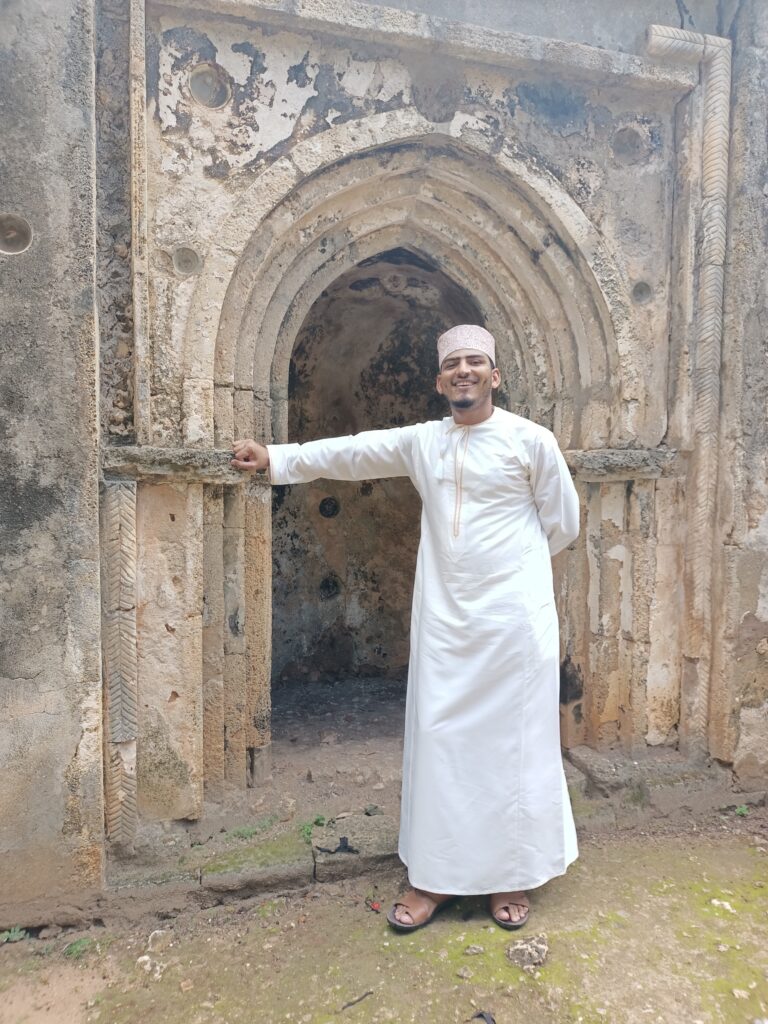
KHALFAN BINI AHMED
Khalfan Bini Ahmed received an MA in Archaeology and Museology from Sun Yat-Sen University, Guangzhou, P.R China. He currently holds the position of research scientist in the archaeology department at the National Museums of Kenya. His research interests include the history of the Indian Ocean and the Indian Ocean trade; archaeology of Islam and urbanization in Africa; East African coastal archaeology and trade ceramics; and ancient connections between the East African coast and the Middle East, China, South Asia, Southeast Asia and Mediterranean Europe. As a student of Archaeology and History, he has participated in various excavations along the Swahili Coast of Kenya, such as Mtwapa in 2010, Manda in 2011-2012 and 2017, and Mnarani in 2013.
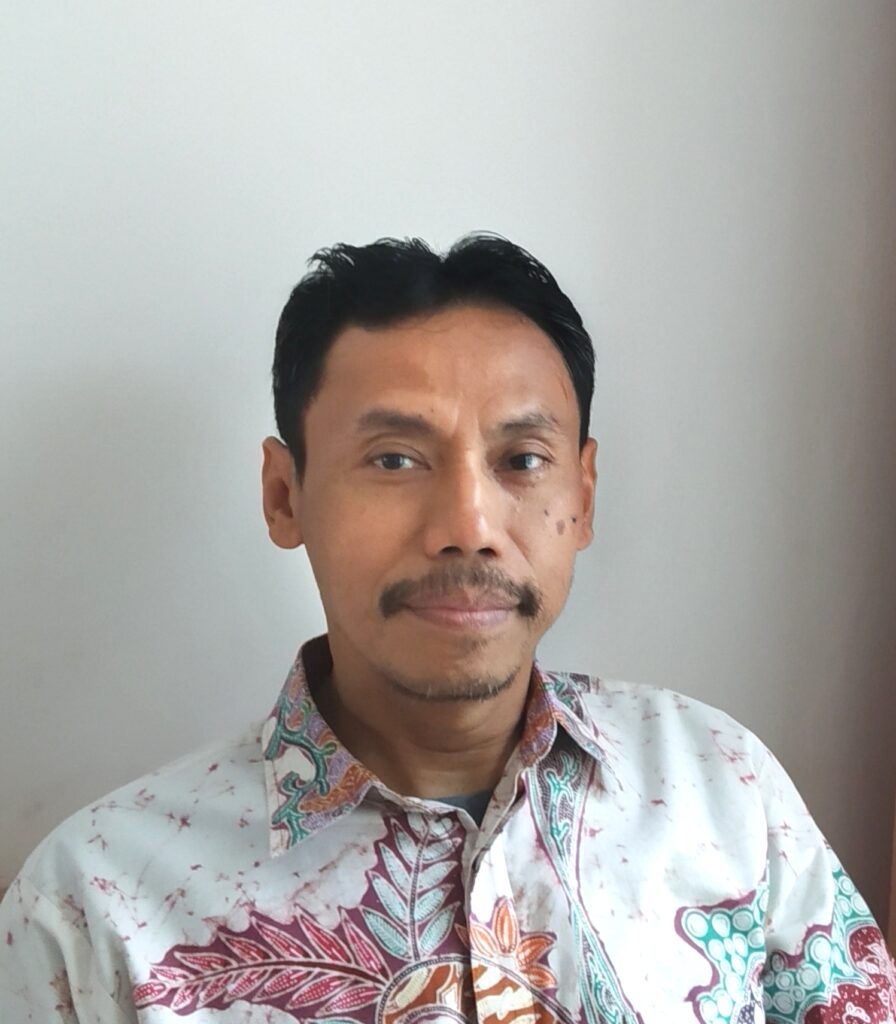
ALI AKBAR
Ali Akbar is a researcher at the National Research and Innovation Agency (BRIN), Jakarta, Indonesia. Previously he worked at Bayt al-Qur’an & Museum Istiqlal, Jakarta (2007-2021). His research interest is codicology, calligraphy, and the art of Southeast Asian Qur’ans and manuscripts. His publications include “Tracing individual styles: Islamic calligraphy from Nusantara,” Lektur 5:2 (2007): 244-255; with Annabel Teh Gallop, “The Art of the Qur’an in Banten: Calligraphy and Illumination,” Archipel 72 (2006): 95-126; and “The Influence of Ottoman Qur’ans in Southeast Asia through the Ages,” in A.C.S. Peacock and Annabel Teh Gallop (eds), From Anatolia to Aceh: Ottomans, Turks and Southeast Asia (Oxford University Press, 2015): 311-334. His blog (in Indonesian) on the Qur’an in Southeast Asia can be found at www.quran-nusantara.blogspot.com.
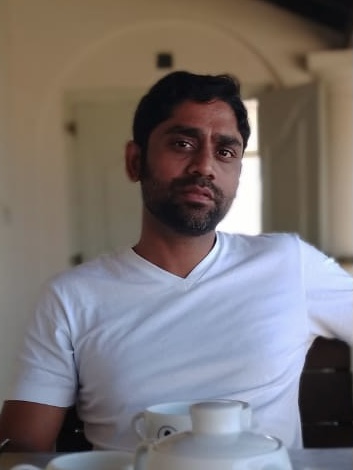
DHAVAL CHAUHAN
Dhaval Chauhan is trained as an architect and academician. He did his post graduate studies at the University of Texas at Austin and has worked across various offices in the USA and India. In addition, he is involved in the documentation of the old city of Ahmedabad as a UNESCO World Heritage city. He has been teaching for the past seven years at Nirma University (Ahmedabad) and is also a part of the university team for the URGENT project, which is an initiative for capacity building between universities in Germany, India, Estonia, Italy and Mongolia. Previously, he has conducted surveys of colonial era housing and sub-cities of Pondicherry, which resulted in the book “House Form of Pondicherry.” He is currently working on a book on the houses of the old city of Ahmedabad.
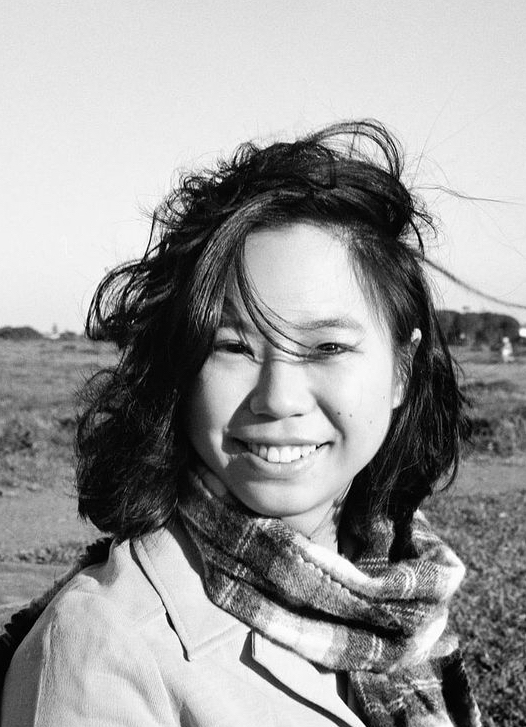
VANESSA CHEN
Vanessa Chen completed her Honours in Fine Art at the University of Cape Town in 2018. Her body of work, rooted within the theoretical framework of semiotics, invited her viewers to rethink what and how they learn. In 2019, Vanessa spent three months as an intern at A4 Arts Foundation and five months at the IZIKO Social History Centre (through the Public Culture Internship course – UCT). There she was supervised by Paul Tichmann, Director of Digitisation and Collections. In 2021, she completed her Masters of Philosophy in Digital Curation at the Department of Knowledge and Information Stewardship, University of Cape Town. Her dissertation is titled: “The archival records on Chinese slaves, convicts, exiles and ‘free blacks’ at the Cape of Good Hope (1654 -1838): Conceptualising a digital curation project”. Recently she has been offered the position as a Doctoral student in the Archive and Public Culture Research Initiative with Professor Carolyn Hamilton as her supervisor. She hopes to further develop the topic of her masters dissertation and execute a digital archive that houses the associated visual and material culture. She is also a digital producer and curator for the Five Hundred Year Archive.
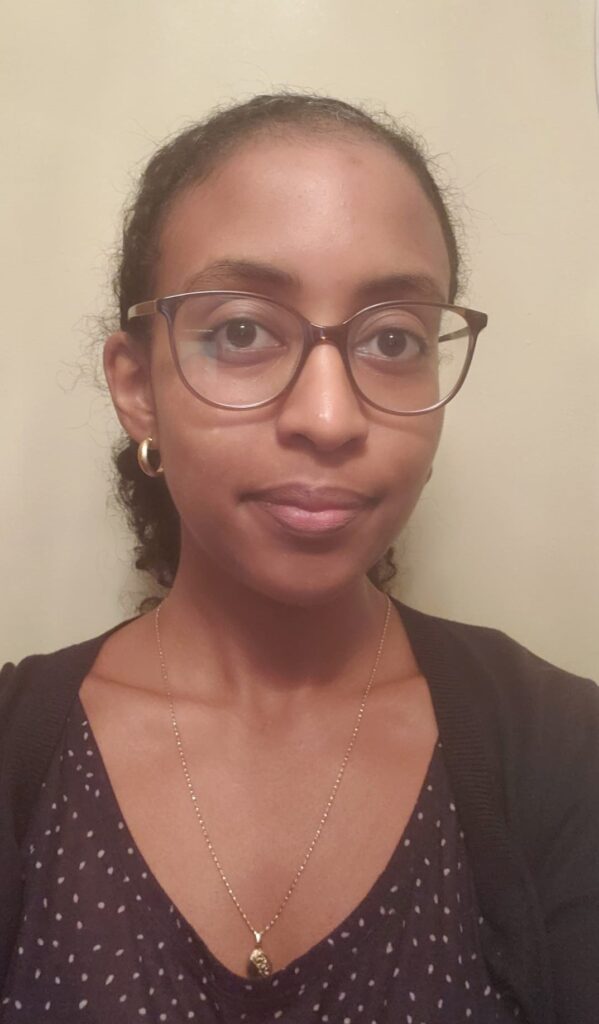
HELINA GEBREMEDHEN
Helina Gebremedhen is a PhD student at the Institute of Fine Arts, New York University, specializing in the arts of ‘medieval’ Ethiopia and the Horn of Africa. She is especially interested in the cultural, intellectual, and commercial networks that connect the African continent with the Islamic and Indian Ocean worlds, and plans to pursue research on the circulation of Islamic metalwork across East Africa. Additional areas of interest include ajami manuscripts, talismanic practices, and the historiography and modern interpretations of these regions and visual cultures. She obtained a MA in History, focusing on the Indian Ocean region from McGill University and a BA in Near and Middle Eastern Civilizations from the University of Toronto, Canada. Her languages include Amharic, French, and German; she is currently studying Arabic and soon, Ge’ez.

MUHAMMAD FAISAL HUSNI
Muhammad Faisal Husni is an assistant curator for Island Southeast Asia at the Asian Civilisations Museum, Singapore, with an interest in the art histories of Singapore and Southeast Asia. He holds a B.F.A. in Visual Communications and an M.A. (Research) from the School of Art, Design and Media (ADM), Nanyang Technological University (NTU). His research interests include multi-religious and multicultural heritage spaces of worship and the religious and Islamic art and traditions of Singapore, Southeast Asia and the Malay world. His main study is centred on keramat graves in Singapore and the Malay World, which was the focus of his M.A. research thesis, entitled, “The Grave that Became A Shrine: The Lives of Keramat Graves in Singapore.”
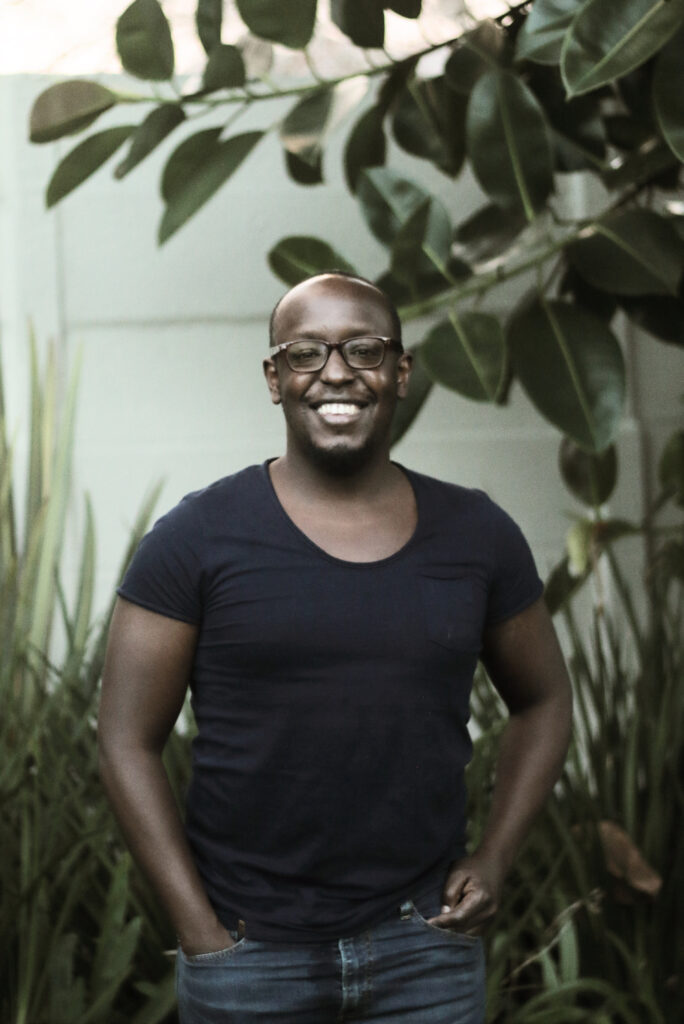
SIMON MWANIKI
Simon Mwaniki concluded his Masters in Ethnomusicology at the South African College of Music at the University of Cape Town in October 2021. His master’s project focused on the role of Swahili sung poetry (mashairi) as a source for traditional lyrics performed during weddings in a modern setting in Lamu Town, Kenya. His research was part of the University of Cape Town’s “Re-Centring AfroAsia” project dating back to the pre-colonial period, 700-1500 AD. He is going to be commencing his PhD studies in August 2022 at the University of Minnesota. His research interests are still based in Lamu Town, focusing on Swahili music (ngoma) and related cultural practices showcased during the Maulidi Festival while closely looking at sustainability efforts in a modern setting. The Maulidi Festival celebrates the birth of Prophet Mohammed through a combination of Swahili praise poetry and African dances owing to Muslim religious leaders who practised Sufism.

SHAHEERA PESNANI
Shaheera Pesnani is a MSc candidate of Architectural Conservation at the University of Edinburgh. Previously, she completed her BSc in Social Development and Policy from Habib University, Pakistan, and a graduate program in Islamic Studies and Humanities (GPISH) at the Institute of Ismaili Studies, London, UK. Her interests lie at the intersection of heritage management, heritage conservation, and community development. Shaheera’s dissertation focuses on the relationship between the built heritage and economic development in the Gwadar region of Pakistan.
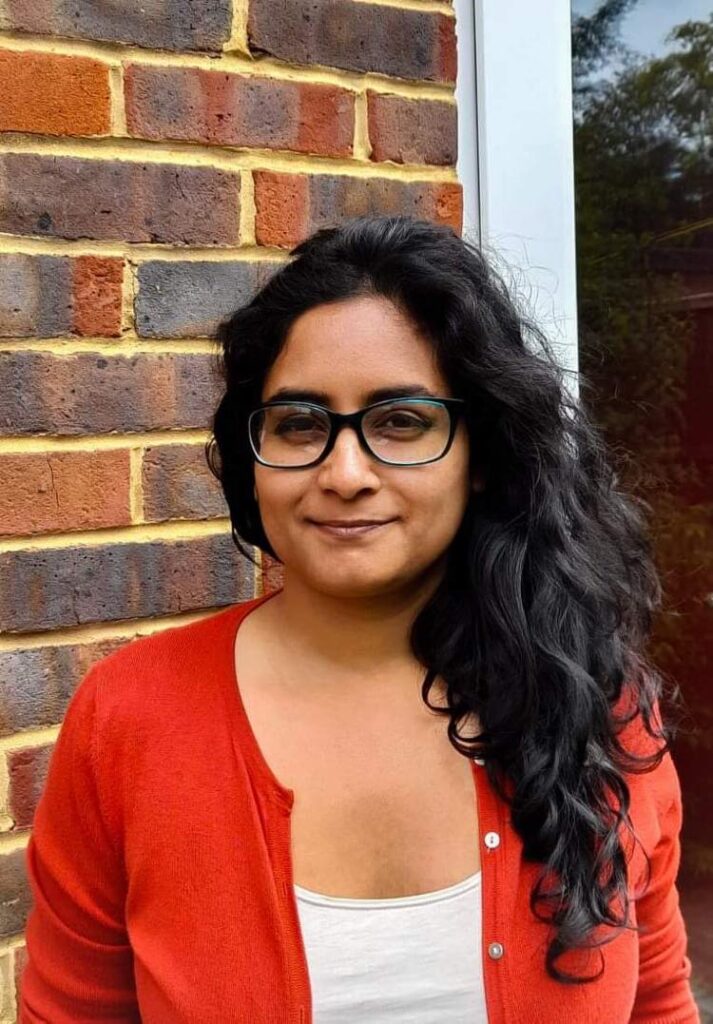
GITANJALI PYNDIAH
Gitanjali Pyndiah is a London based Mauritian researcher and creative writer. She is currently an associate researcher at the Centre for Research on Slavery and Indenture (CRSI) at University of Mauritius, and is working on her first monograph ‘(re)discover Dodoland: from Museum Representations to Contemporary Re-imaginations’. It examines the representation of the extinct dodo from travel drawings and paintings of the 17th-18th century to contemporary/postcolonial imaginations in the region, and is based on her doctoral thesis (Goldsmiths University of London, 2019). Her research interest lies in the visual-sonic history of the Creole archipelagoes of the Indian Ocean (Mauritius, Réunion, Rodrigues, Chagos, Agalega, Tromelin and Seychelles). She has also published essays, fiction and poetry on her pen name Gitan Djeli. For her writings, visit this page on academia.
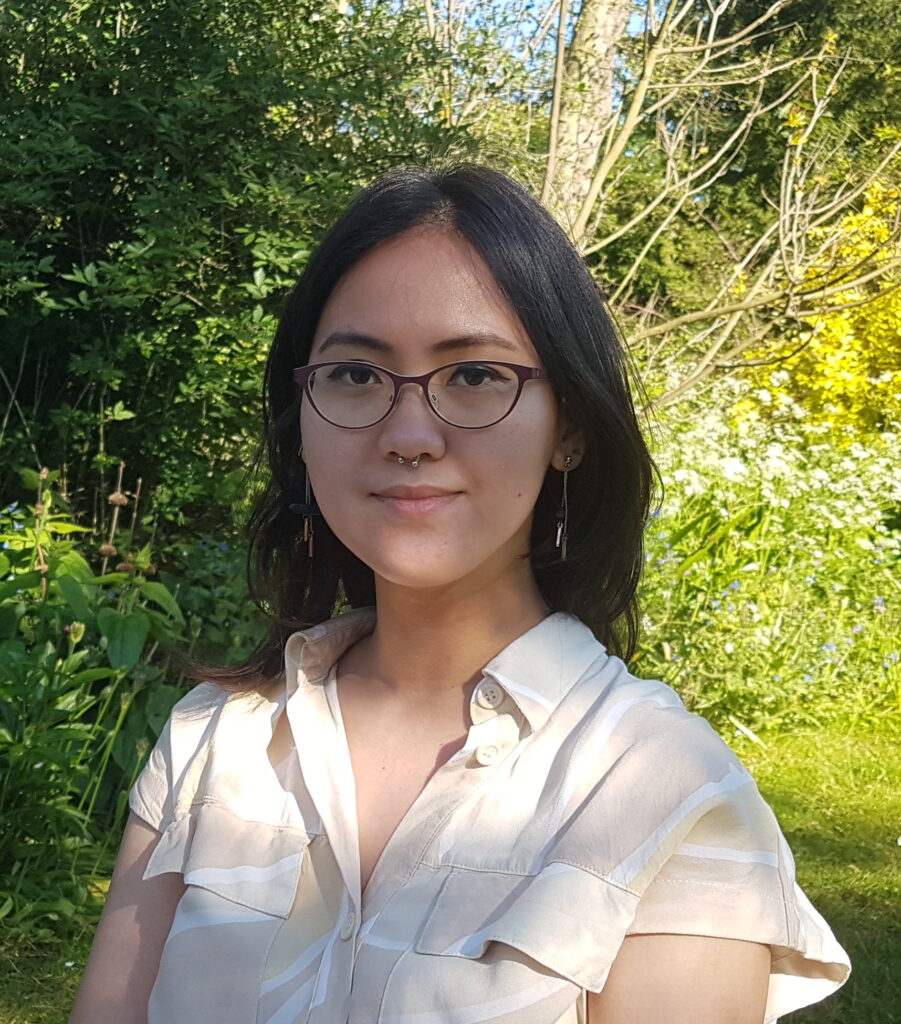
JESSICA RAHARDJO
Jessica Rahardjo is a DPhil candidate in the Faculty of History at the University of Oxford. Having trained as a visual artist and worked in the arts sector, she completed a BA in History of Art (SOAS and University College London) and an MPhil in Islamic Art and Archaeology (Oxford). Her current research is on the Islamic funerary material culture of maritime Southeast Asia, in particular on the mobility of text and images in the early modern Indian Ocean world. She is also interested in Arabic and Malay manuscript cultures. Alongside research, she is passionate about teaching: she is a committee member of Teaching the Codex (an initiative developing pedagogical approaches to palaeography and codicology) and recently co-taught an online course on Jawi manuscripts. She also serves as a member of the ASEAS (UK) executive committee.
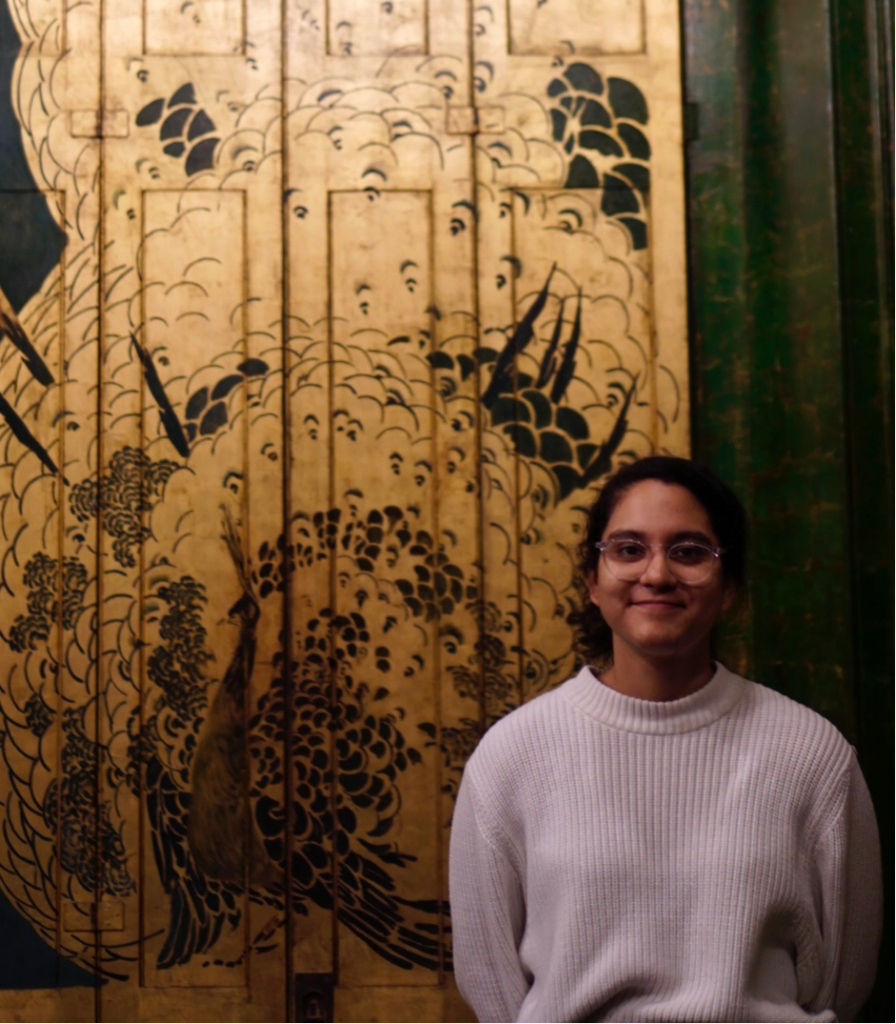
VIDHITA RAINA
Vidhita Raina is a PhD candidate in the Kress Foundation Department of Art History at the University of Kansas with a focus on early modern Japanese art. Her research interests center on the intersections of global and local Japanese art histories, cross-cultural transmissions, hybridity, and materiality within Japanese visual culture. Her dissertation, “Envisioning Patterns of Cross-Cultural Exchange in Edo-Period Japanese Textiles: Sarasa, Shimamono, and Wasarasa,” is focused on representations of imported printed and painted cotton from India in popular visual culture like woodblock prints and manuals of Edo period (1615-1868) Japan. She received her BA in History from University of Delhi, MA in History of Art/Archaeology from SOAS, University of London, and MA in East Asian Art History from University of Kansas.
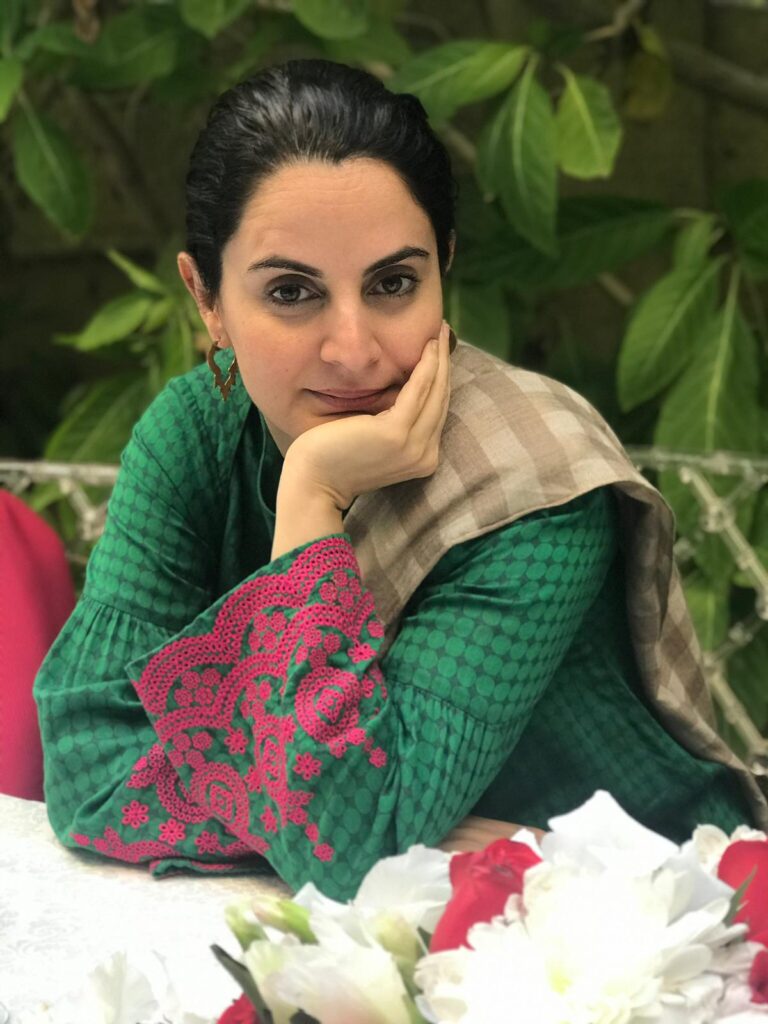
NADA RAZA
Nada Raza is a doctoral candidate at the Courtauld Institute of Art and holds an an MA from the Chelsea College of Art and Design, both in London. She researches and critically examines connections between South Asia and the Gulf, particularly made visible through contemporary artistic exchange and cultural production. Raza was Research Curator at the Tate Research Centre: Asia, with a particular focus on South Asia, co-curating Bhupen Khakhar: You Can’t Please All (2016), and the acquisition and display of work by international artists including Meshac Gaba, Monir Shahroudy Farmanfarmaian, Zarina Hashmi, Sheela Gowda, Amar Kanwar and Mrinalini Mukherjee, alongside thematic group exhibitions in the UAE, Bangladesh and Norway. She has also worked on international art at the Institute for International Visual Art (Iniva) and at Green Cardamom in London and was the founding Artistic Director of the Ishara Art Foundation in Dubai. She is currently in the UAE as Director for the Alserkal Arts Foundation, a platform for research and cultural dialogue focussing on the MEASA (Middle East, Africa and South Asia).
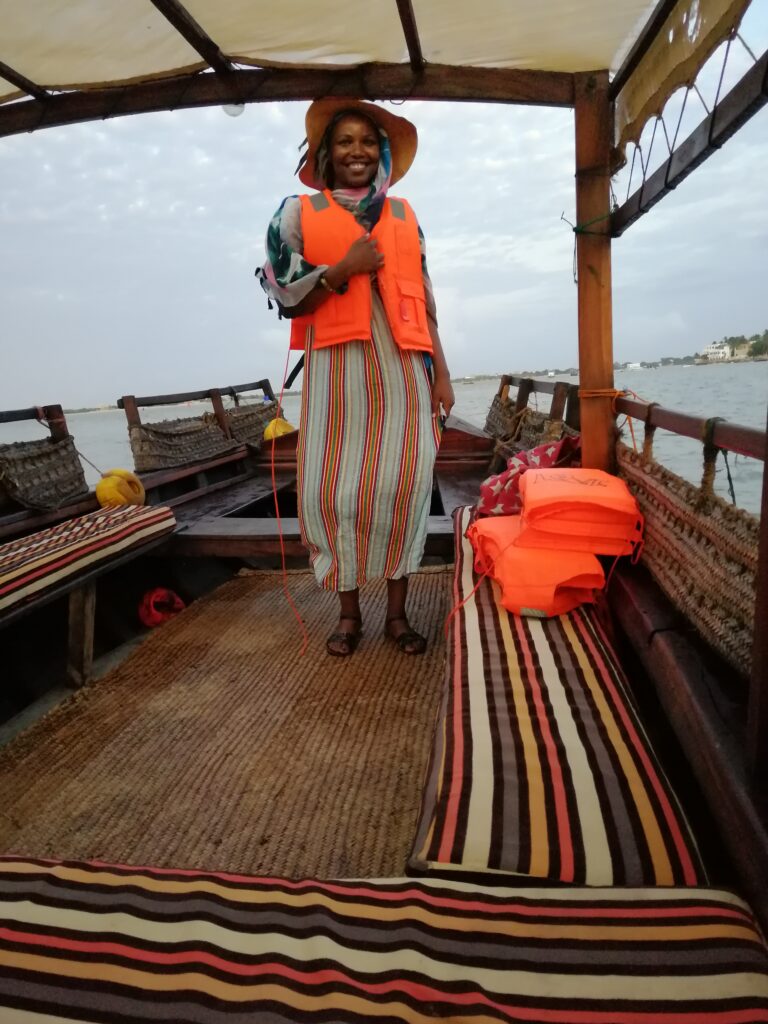
MONICAH NKINA SAIRO
Monicah Nkina Sairo is currently a PhD candidate of Social Anthropology at the University of Roehampton. Her ethnographic research focuses on the creative practices of present-day artists in relation to (re)making and re-framing heritage in Lamu Island. This study was inspired by current debates on heritage discourses, emerging issues on marine heritage, and the inherent potential in the local creative sectors, as well as the salient topical developmental projects around Lamu county which inadvertently influence these creative sectors. Her research is part of a larger research project (Rising from the Depths) funded by the Global Challenges Research Fund/Arts and Humanities Research Council whose aim is to identify ways in which marine cultural heritage can directly benefit coastal communities in east Africa.

CELSO SIMBINE
Celso Simbine is a maritime and underwater archaeologist who has worked in coastal and underwater environments around Mozambique and the USA, in the Indian and Atlantic Oceans. In 2015, he extended his interests in inter-tidal research on Mozambique Island and then became a collaborator of the Slave Wreck Project, participating in underwater and maritime environmental research using marine geophysics equipment to identify archaeological sites. He has also worked in the archaeological sites of Mozambique Island and Saint Croix to document or survey submerged sites. He obtained his undergraduate degree at Eduardo Mondlane University (2011 – 2014), studying archaeological material collected in the inter-tidal areas for commercial and touristic purposes on Mozambique Island and recently fulfilled his MS degree in Archaeology at the University of Cape Town (2019 – 2021), studying the chronological sequence of Mozambique Island.

SIMONE STRUTH
Simone Struth is a curator at the Museum of Islamic Art in Doha, Qatar. An art historian by training, she studied Islamic Art History, Byzantine Art History and Modern German Literary Studies at the LMU in Munich and in Cairo (Wafedin-scholarship) and received her Masters degree supervised by Prof. Avinoam Shalem in 2012. From 2013 to 2015, she worked as a research associate for the Samarra-Project MOSYS 3D at the Museum of Islamic Art in Berlin. Simone is currently working on her PhD thesis Design Only – The Abbasid Stucco Material from Samarra under the supervision of Prof. Lorenz Korn, funded by the Gerda Henkel Foundation. Since 2018, she has been part of the curatorial team in Doha, working on several projects, including the re-installation of MIA’s permanent galleries (directed by Dr Julia Gonnella). At the museum, she is responsible for the galleries dedicated to the Indian Ocean trade and the spread of Islam to China and Southeast Asia.
